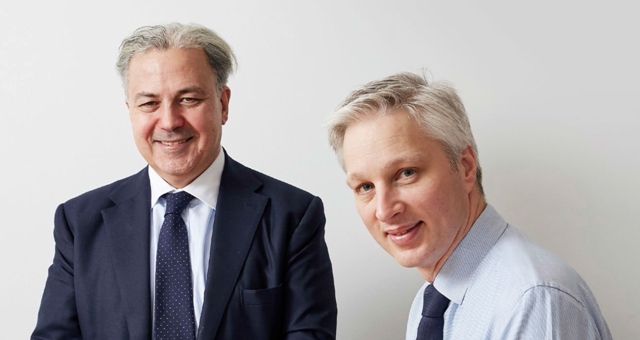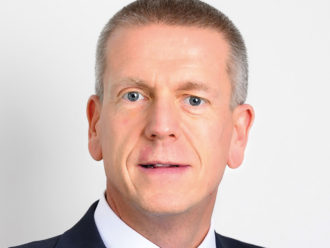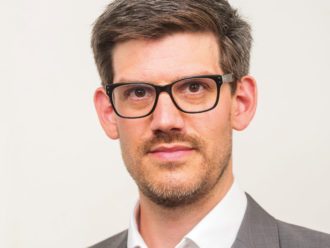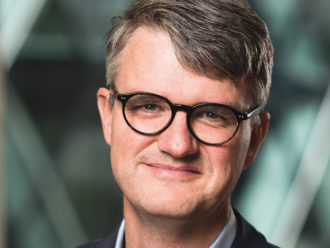But is it not more difficult to be a steward of assets in passive vehicles?
SN: Stewardship is a very difficult thing to do. It doesn’t mean that you vote or that you sort of just engage with companies a little bit, it means that you build a deep knowledge of the companies over a very long time. So, what I’m saying is if you have index funds with no stewardship then that’s a disaster. Why? Because you give absolute power to the C-Suite.
The good news is that some asset managers have at least accepted the idea that you should invest and I know that they are trying to build stewardship teams. The bad news for them is these teams are going to be a lot bigger than they envisioned and a lot deeper because you need the equivalent of business analysts who know the company inside out, and you need to have them speaking to the same old companies for 15 years continuously otherwise they won’t really engage. And the end result of that is that passive investment becomes more expensive, not as expensive as active, nowhere near, but more expensive than what it is currently.
SD: You could argue that if you’re an active manager as we call it now you will just become a subset of a broader label of ‘stewardship managers’. Stewardship management is now a subset of active, but in Saker’s brave new world you would flip that round.
What are the entry criteria for joining the club?
SN: It’s not just that you’re in the industry, you have to actually be a thinker. I’ll save the chairman’s blushes, but the work he’s done on British Coal is well known. So, you’re talking about people who have thought deeply about what they do, and are known to be thought leaders in the marketplace. The other element is forethought, so people who are basically courageous in saying what they think. Each person who’s come in has come in willing to take some flak, be it flak off people not quite accepting the idea or be it flak within the industry.
SD: I think when it started Saker looked to people he knew and trusted. To go back to what’s been successful about it, it’s the degree of influence which it’s been able to gather because the sorts of people who’ve come on board are by definition themselves well thought of and influential. In that sense, there’s no target for membership, there are no people that we want to have on or people we want to not be a part of it. It’s really just through conversations we have with people, finding that we have alignment and saying, “Actually you might be interested in this”.
You must have people approach you all the time about becoming a member?
SN: So, let me just go completely off-piste. The club that I belong to, an old-fashioned City and Pall Mall club that has been going for 200-odd years and that my father belonged to, prides itself on never having blacklisted any applicant. What you’ll find is that when an unsuitable candidate would present themselves they realise after some discussion that perhaps the club’s not for them.
SD: That’s an excellent answer.
Would you like more engagement from asset owners?
SD: Asset managers and consultants tend to very easily collaborate and a good example is the big three consultants getting together very quickly after the FCA threatened to take them to the Competition and Market Authority. But it’s interesting how difficult it is to get collaboration between asset owners. That might be one of the reasons why the industry struggles to get alignment with asset owners because there’s no strong asset owner voice.
Do you think you can facilitate that voice?
SD: Well we do, but everyone has a day job so it’s really hard for people to step outside the pressures and the demands of that to do this. Asset owners are non-profits so they’ve got to focus on their stakeholders and on making money to pay pensions. That’s very different to asset managers and consultants who can genuinely be threatened by changes in regulation and therefore can be forced into action.
So the club could grow exponentially; I mean there’s no limit?
SD: Yes, I think it’s part of the question about what do we do with it from here and how we make sure we keep the influence going. Those are the two questions we need to ask.
SN: And that’s related to quality. So, again, you don’t want people to join because it sounds good or they join because it’s good for their business or they join because it’s a nice time as an asset owner to go to meetings and meet up with guys who might be interesting. It’s got to be people who really are at the top.




